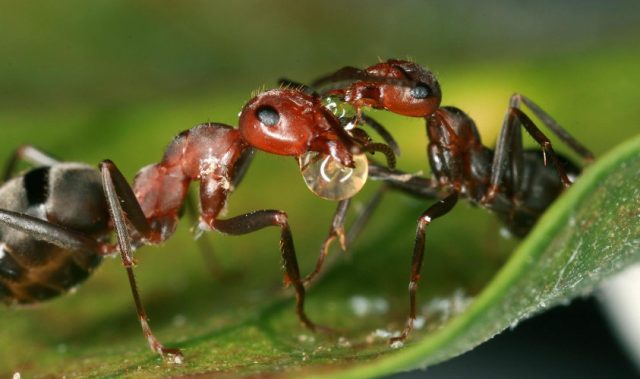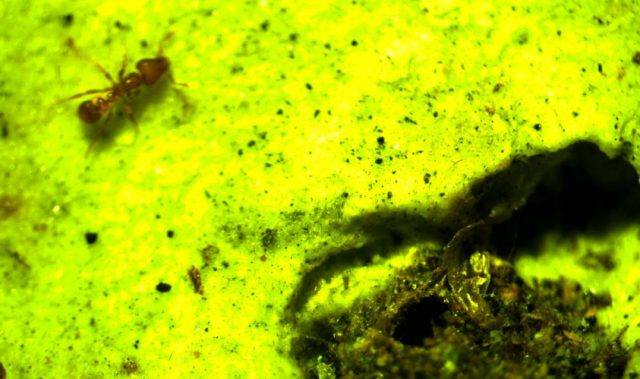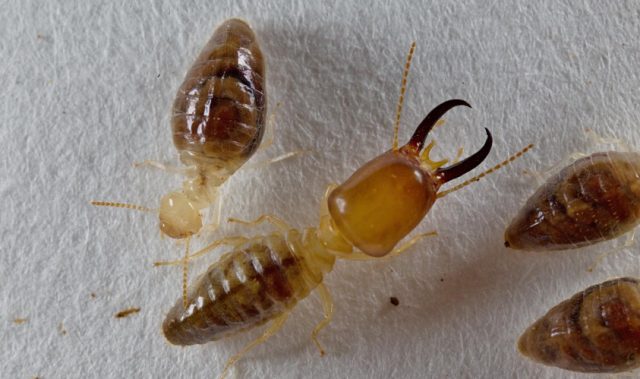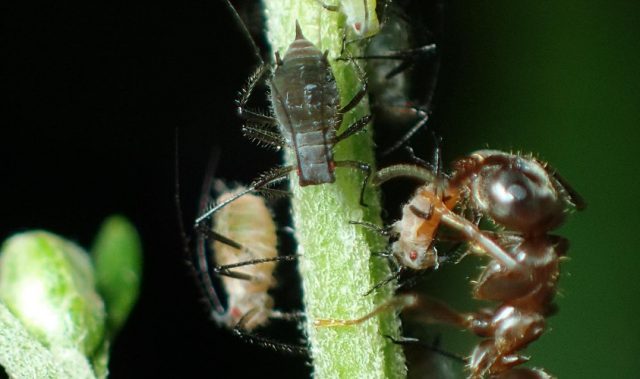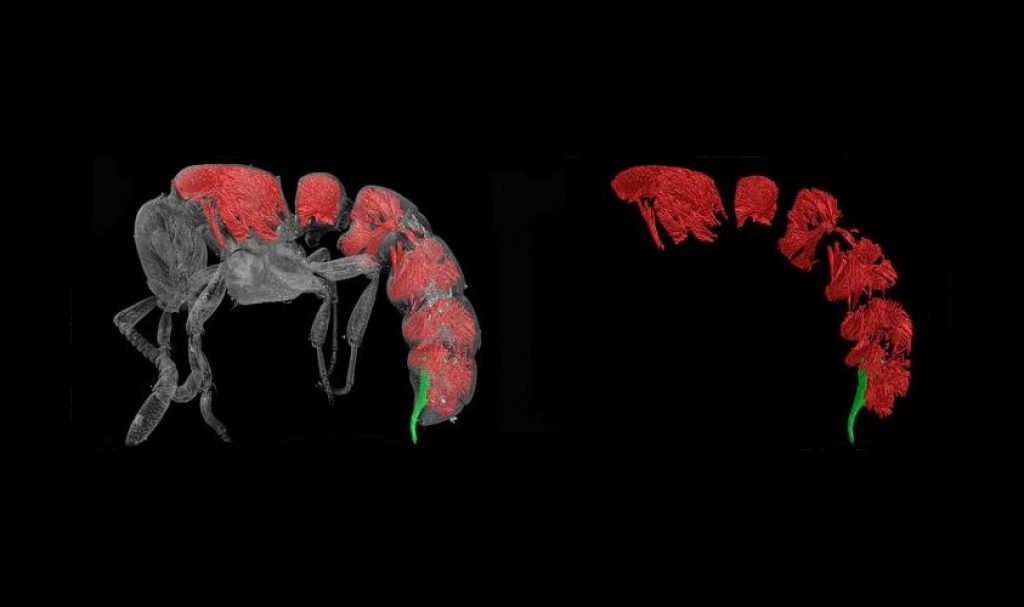
AsianScientist (Sep. 8, 2017) – In a study published in the journal ZooKeys, scientists in Japan have created three-dimensional avatars of three new ant species.
Biologists at the Okinawa Institute of Science and Technology Graduate University (OIST) have named three new, rare ant species in Africa after important figures in African biodiversity conservation—a former United States president, a writer-activist and a world-renowned scientist.
Using new scanning technology for documenting species, the OIST researchers compiled scans of the ants to create 3D avatars, giving them, and their namesakes, a measure of immortality.
The first ant species, Zasphinctus obamai, was discovered in the Kakamega Forest National Park, Kenya, located near Mr. Barack Obama’s ancestral family village. The OIST researchers chose to honor Mr. Obama for his prodigious contributions to global biodiversity conservation.
The second species, Zasphinctus sarowiwai, was named after Ken Saro-Wiwa, a Nigerian writer and environmental activist who, after campaigning against irresponsible oil development, was executed in 1995.
The third, Zasphinctus wilsoni, was named after biologist Edward O. Wilson, who is famous for his contributions to sociobiology, ant biology, evolution and biodiversity conservation. Through his foundation, Wilson has contributed to the resurgence of Gorongosa National Park in Mozambique, which is one of Africa’s most successful wildlife restoration stories.
To create the 3D avatars, “we used X-ray microtomography, or micro-CT, which is comparable to when you go to the doctor and get a CT scan but at much higher resolution, to scan very small insects,” explained Dr. Francisco Hita Garcia, first author of the study and a member of the Biodiversity and Biocomplexity Unit at OIST.
The OIST research team then compiled the scans into 3D reconstructions of the ants—identical to their originals down to the thinnest hair on the tiniest leg. The reconstructions hint at a future of virtual taxonomy with the potential to alleviate issues of time, money, and specimen damage, and realize new horizons of inquiry into hard-to-reach details, such as the thickness of an ant’s exoskeleton.
Since the 3D reconstructions are made using micro-CT technology, the original, physical specimens are recreated on both the outside and the inside. As such, researchers can virtually remove the outside parts of the ant to view internal structures, something that cannot be done on a physical specimen without damaging it.
In addition to reconstructing and examining the ants’ mouthparts, the OIST researchers also visualized the muscles inside of the ants’ bodies and measured the thickness of their skin, called the cuticle.
“We saw things that nobody ever looked at,” said Garcia. The research team was also able to confirm details about the ants’ lifestyles. Other species of Zasphinctus from outside Africa are known to be predators of other ants, and the mouthparts, musculature, and skin-thickness data from the OIST researchers’ study all provide evidence that the African Zasphinctus ants are top predators as well.
“Normally when you describe a new species, you don’t know much about its biology,” noted Garcia, but with the 3D reconstructions, researchers can discover details right away.
Another advantage of 3D models is that they can be easily accessed from anywhere.
“If someone wants to see the Obama ant, they can download it, look at it and 3D print it,” said Garcia.
Yet, despite advances in scanning capabilities, the world of virtual taxonomy is not yet ready to be realized. For one, there are not enough research labs and institutes that provide access to micro-CT scanners.
“We have millions of species on the planet, but we have 3D models for only a handful,” said Garcia
The article can be found at: Garcia et al. (2017) Next-generation Morphological Character Discovery and Evaluation: An X-ray Micro-CT Enhanced Revision of the Ant Genus Zasphinctus Wheeler (Hymenoptera, Formicidae, Dorylinae) in the Afrotropics.
———
Source: Okinawa Institute of Science and Technology; Photo: Zookeys.
Disclaimer: This article does not necessarily reflect the views of AsianScientist or its staff.





